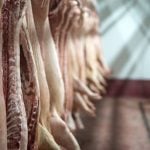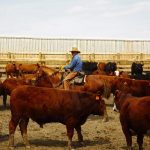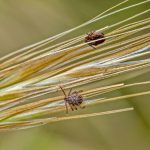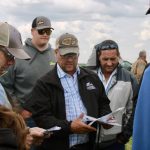
Features

Parasite control in the feedlot
Strategic deworming methods to maximize product efficacy and cattle productivity

No trespass: High stakes

Itchy cattle? It may not be lice
Everything from nutritional deficiencies to mites can trigger scratching in cattle

Eliminating guesswork with an accurate chute-side BRD test
Researchers are working on a simple test that would detect the presence of three common BRD-causing bacteria

Tick paralysis
Veterinary Case Study: These small insects can cause big health problems in livestock and pets alike

Saskatchewan family shares passion for cover cropping
The Gavelin family finds their cover crops perform well even under adverse conditions

Show us the money, Part 2: Balancing beef carcass quality and yield
Only by sharing grading information can the industry signal market demand to cow-calf producers

Introducing outside calves heightens crypto risk
Cryptosporidium parvum is a disease that’s easy to introduce and hard to manage in a beef herd

Using forage to prevent liver abscesses in finished cattle

Warmer weather boosts ergot risk in cattle
Researchers found symptoms ranging from decreased weight gain to heat stress even though ergot levels in feed didn’t breach CFIA limits



